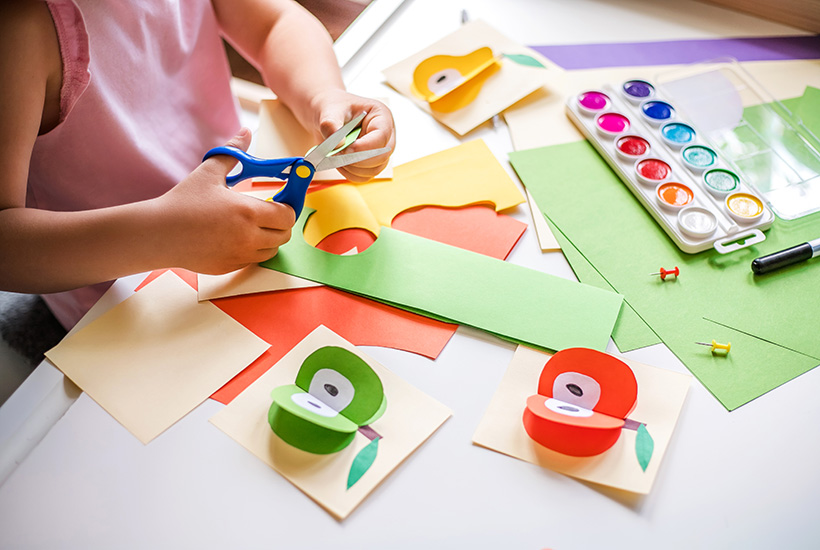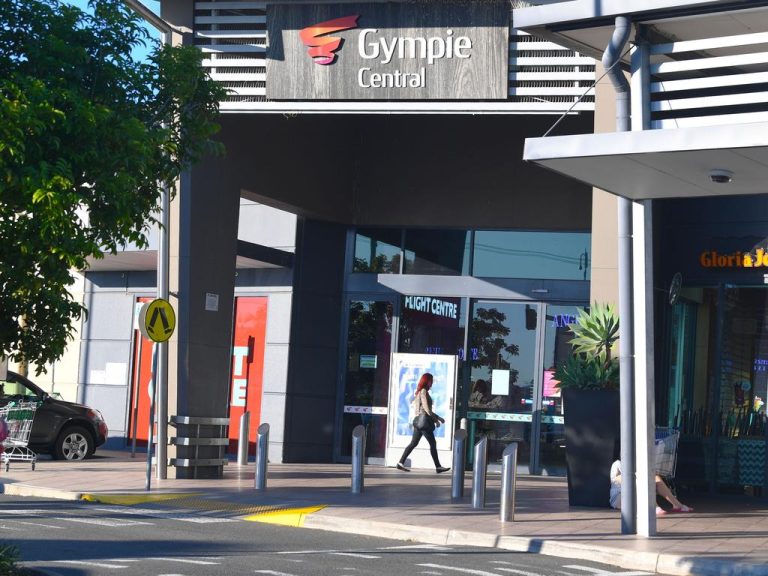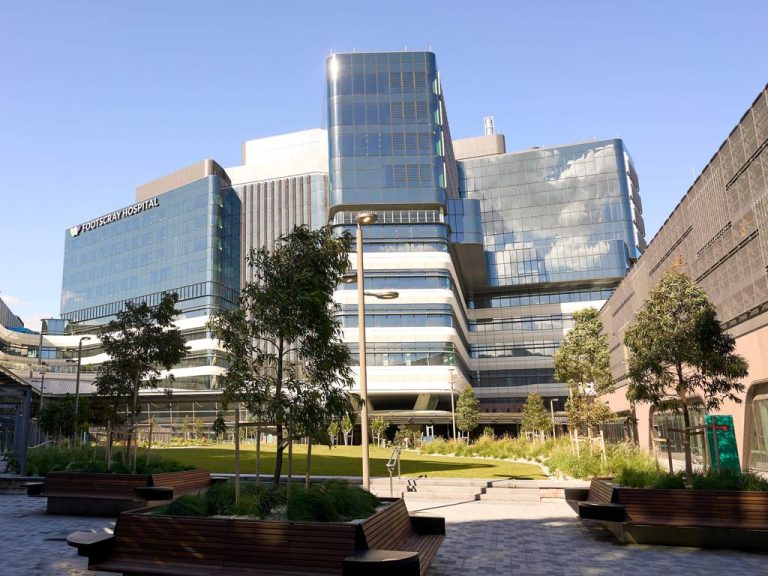Develop or buy? The key childcare question

Pandemic proof and consistently essential, childcare centres’ financial stability is appealing to investors and developers.
But with both options offering strong returns and low yields, which is best for you?
Industry experts examine each possibility.
Development considerations

Childcare centre developers need to carefully count their due diligence pennies. Picture: Getty
Childcare centres are the flavour of the month but developers should still do their due diligence particularly when it comes to choosing the right site and area, according to childcare associate director, Michael Vanstone of Burgess Rawson.
Meanwhile, Sandro Peluso of CBRE believes experience is everything when it comes to developers enjoying a better yield.
“You should have the know-how on how to buy a bare site and develop a childcare centre from the ground up,” the healthcare and social infrastructure director said.
“You also need the ability to negotiate a pre-commitment from an operator and include the operator’s specific requirements into the centre design.”
1. Land availability
There have been a plethora of development approvals [DAs] for childcare centres even in locations with an oversupply of these places, Mr Vanstone explained.
But he warned that many such developers weren’t doing their due diligence when it comes to both the site itself and the surrounding areas.
“It’s quite a detailed science finding the right childcare location especially with the right site optimising, or crystallising, the future value of your childcare centre,” he said.
Mr Vanstone advised developers to check on the site’s proximity to schools and residential suburbs as well as the local area’s population growth.
“While you don’t want to be on a highway, a busy road will give you exposure,” he said.
Mr Peluso added that while demand for childcare centres in inner-city suburbs was high, these built-up areas could make it challenging to find a suitable parcel of land for childcare development.
“Developers typically establish childcare centres in outer area growth corridors for this reason,” he said.
2. Building design and costs
When researching their preferred location’s details, developers should also check childcare centres’ rates and designs in the local area, according to Mr Vanstone.
“There’s not much point building an extravagant childcare centre in a low-key area,” he said.
“The design and quality of the centre have to be matched with the fees people are willing to pay for both the centre and the area.
“For example, in some nice suburbs of Sydney, parents might be quite discerning and expect a high quality.”
3. Red tape
Childcare centre developers should prepare themselves for an extensive wait before they enjoy great returns, Mr Vanstone explained.
“There’s a lot more time involved in developments from finding the site to applying for a DA,” he said.
“You’ve got to make sure that you’re happy with the site, do your due diligence, buy the site, go through all the processes of getting your DA and get all your plans done.
“All of this can take over a year to accomplish.”

Are you prepared for a long wait before enjoying childcare centre development returns? Picture: Getty
Mr Vanstone added that red tape delays could be further hampered by difficulties in finding a tenant.
“It might take longer to find an operator, or tenant, in areas which are oversupplied with childcare centres,” he said.
Mr Peluso concurred saying childcare centres’ much longer leases than is usual for commercial properties could delay development construction.
“Developers can’t proceed with a new build without first securing a commitment for a long-term lease from a childcare operator, and this has the potential to be a stumbling point for some,” he said.
Investment considerations for existing childcare centres
The childcare property sector is experiencing an increasingly high level of apply, with the appetite for these assets on the rise, according to Mr Peluso.
“Investors are recognising the strength and opportunities of this stable commercial asset class,” he said.
“This recognition is underpinned not only by significant government funding but also population growth and increased workforce participation.”
Mr Peluso believes the perfect childcare property investor is one with limited building knowledge and experience and negligible access to childcare operators.
“Investing in an existing childcare centre, especially one with an operator and lease already in place, should see these people likely to achieve a better outcome,” he said.
1. Lower risk tolerance
Mr Vanstone believes those with lower risk tolerance make ideal investors, rather than developers.

If you don’t have a high-risk profile, consider investing in, rather than developing, a childcare centre. Picture: Getty
However, such investors should also recognise that this lower risk could equal a lower reward or financial gain.
“Developers are more aspirational and there are more risks for them to get their return, whereas someone who wants to buy a childcare centre wants a lot of those risks removed from their investment,” he said.
“It all comes down to what you find acceptable for risk so consider what your risk profile is and what sort of risk you’re willing to accept.”
Mr Peluso concurred, explained that while developers and investors could both enjoy good returns and yields, the choice between the two options will ultimately depend on the buyer profile.
2. Specialised investment
As a specialised commercial asset, childcare centre properties are regarded as a riskier investment to lenders, as they can be more difficult to value and sell.
Childcare centre investors approaching lenders for a loan should therefore prepare for them to be more cautious with their cash.
As well, due to the highly specialised nature of childcare centre properties, operators are usually long term and keen to renew their lease, Mr Peluso explained.
“However, the flip-side of a specialised fit-out and design is that the options for multi-use tenants are limited,” he said.
Advantages of investing in childcare centres
If you’re still undecided on whether to tread the development or investment road, there are advantages that apply to both options.
1. Financial gains
Childcare centres’ pandemic proof status along with government subsidies recently won them the collective title of “the new bank” from Mr Peluso.
“Our experience throughout 2021 is that childcare centres – both individual sites and national portfolios – continue to transact at some of the sharpest capitalisation rates we have seen,” he said.
But these centres’ success was occurring well before 2020-2021’s COVID saga, with stunning yields of just 5% being recorded in 2016.
2. Government support
Commonwealth government support for childcare centres during the COVID crisis not only included relief, transition and recovery packages but also business continuity payments, gap fee waiving and more.
Combined with the federal government’s July 2018 Child Care Subsidy program, this support has seen confidence in, and demand for, childcare centres soar.
“Childcare centres are like a bond now – they’re a government-backed asset,” Mr Vanstone said.







